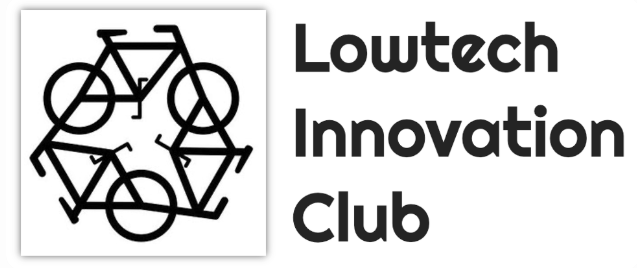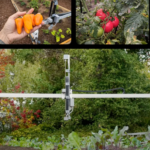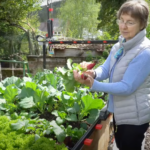Core Functions for a CSA Local Market Platform
- Farmer/Producer Focus:
- Product Catalog Management:
- Easily add, edit, and remove products (produce, value-added goods, etc.)
- Set prices, availability, and descriptions
- Manage inventory levels and track stock
- Order Management:
- Process online orders efficiently
- Manage subscriptions (weekly, bi-weekly, etc.)
- Generate invoices and receipts
- Customer Relationship Management (CRM):
- Store customer information (contact details, order history, preferences)
- Send personalized communications (newsletters, announcements)
- Segment customers for targeted marketing
- Financial Tracking:
- Track sales, expenses, and profits
- Integrate with payment gateways (Stripe, PayPal)
- Generate reports for tax purposes
- Product Catalog Management:
- Customer Focus:
- User-Friendly Interface: Easy navigation, clear product descriptions, and a smooth checkout process.
- Product Discovery:
- Search and filtering options to find specific products or farms.
- Ability to browse by category, seasonality, or location.
- Display farm profiles and stories.
- Order Placement:
- Easy subscription management and order customization.
- Secure payment processing.
- Order history and tracking.
- Communication:
- Receive farm updates, newsletters, and special offers.
- Ability to contact farmers with questions.
- Market Manager/Administrator (Optional):
- Platform Management:
- Manage user accounts (farmers and customers)
- Set fees and commissions
- Monitor platform activity and performance
- Customize the platform’s appearance and branding
- Platform Management:
Keeping it Cheap and Simple
- Open-Source Solutions: Explore open-source platforms like Odoo or Django, which can be customized to your specific needs.
- Cloud-Based Services: Utilize cloud hosting (AWS, Google Cloud) to reduce infrastructure costs.
- Minimalist Design: Focus on essential features and avoid unnecessary complexity.
- Mobile-First Approach: Prioritize mobile usability, as many users will access the platform via their smartphones.
- Community Support: Encourage peer-to-peer support within the CSA community to share knowledge and troubleshoot issues.
- Start with a Minimum Viable Product (MVP): Launch with core features and gradually add more functionalities based on user feedback.
Key Considerations:
- Data Security: Implement robust security measures to protect customer and farmer data.
- Scalability: The platform should be able to handle increasing numbers of users and transactions.
- Accessibility: Ensure the platform is accessible to users with disabilities.
- Integration: Consider integrating with other tools (e.g., email marketing platforms, accounting software).
By focusing on essential features, utilizing open-source solutions, and prioritizing user experience, you can create a cost-effective and user-friendly CSA local market platform.










